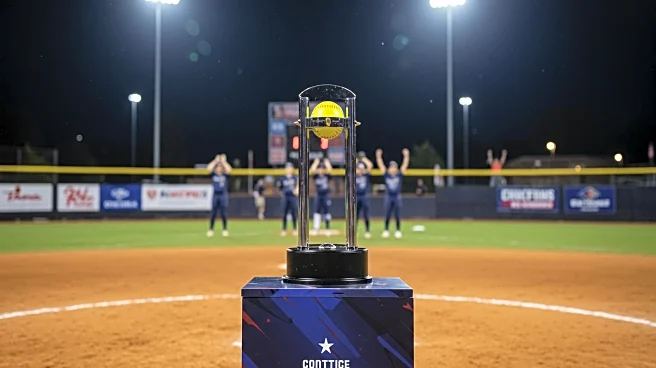What's Happening?
Indiana's latest reading assessment scores for third graders have shown the largest year-to-year improvement since the inception of the IREAD testing in 2013. The scores increased by nearly five percentage points, with 87.3% of third graders demonstrating proficient reading skills. This improvement is attributed to a multiyear effort involving up to $170 million in funding to enhance teacher training and early reading interventions. Despite the gains, the number of students who will be retained under the new reading retention law remains pending until the state's October 1 school enrollment count day.
Why It's Important?
The improvement in reading scores is a significant achievement for Indiana's education system, indicating progress in reversing the declines caused by the pandemic. The increase in proficiency rates across various student groups, including Black students and those in special education, highlights the effectiveness of targeted interventions. However, the new retention law could result in more students being held back, which may have implications for educational policy and resource allocation. The focus on reading proficiency is crucial for ensuring that students have the foundational skills necessary for future academic success.
What's Next?
The final retention data will be determined after the October 1 enrollment count, which will reveal how many students will be held back under the new law. The state aims to achieve a 95% reading proficiency rate by 2027, which will require continued investment in reading programs and interventions. The education department will likely monitor the impact of the retention law and adjust strategies as needed to support students who are struggling with reading.













